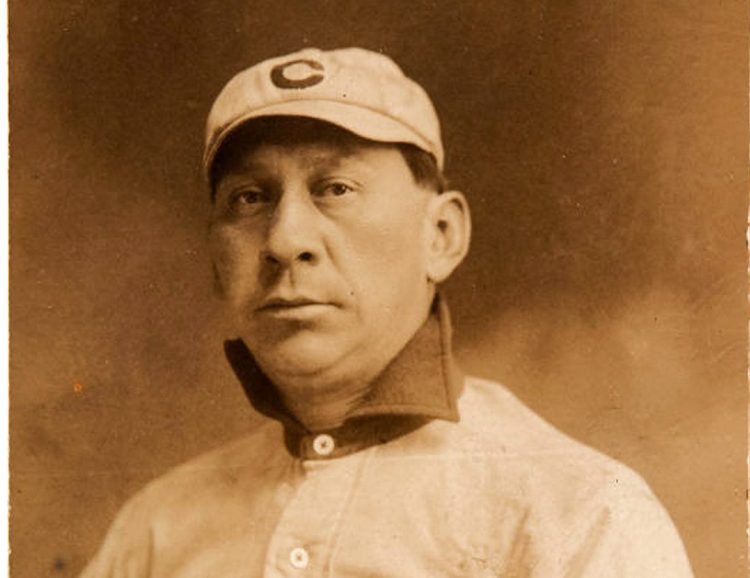With the Red Sox still alive in the Major League Baseball playoffs, there’s one piece of baseball news that may have slipped past most local fans. The Cleveland Indians will retire the most offensive logo in professional sports by the time the team opens training camp in February.
“Chief Wahoo,” the grinning, bright red Indian caricature will no longer be featured on the team’s uniforms or promotional materials, a step that is long overdue but still one in the right direction. In an separate move, the team has also donated $10,000 toward erecting a statue to one of its earliest stars, Louis Sockalexis, the Penobscot Indian from Maine who played for the team at the beginning of the 20th century.
Sockalexis’ tenure with the club is typically offered as the reason the Cleveland took “Indians” for its team’s nickname. The name is supposed to be a tribute to the player, but clearly the Chief Wahoo image is no tribute.
It was just a brand that played on racist stereotypes, designed to sell memorabilia to people who either don’t know better or don’t care who they hurt. Not wanting to be mistaken for the second group, the club has wisely chosen to trade the offensive cartoon for a block letter “C” on the crown of the players’ caps.
Offensive team names and mascots have been difficult to remove, even among Maine high schools where there are no multimillion dollar licensing deals to worry about. Fans feel a connection with their teams and don’t want to change. Some fans think they are unfairly branded as racists when they show allegiance to their tradition because of an excess of political correctness.
But it’s important to remember that these images are part of a long history that matters more than the intentions of today’s fans. Native Americans have been subject to centuries of racist violence and legalized theft.
Even today, more than 100 years after Sockalexis’ death, his Penobscot Nation is still struggling to maintain sovereignty in the small corner of the state that belongs to them. It’s understandable if they don’t feel honored when white Americans depict them in cartoons or crudely copy their worship traditions.
There is a much deeper reckoning that needs to occur regarding the history of American Indians in the United States. But as small, symbolic gestures, Cleveland’s retirement of its logo and contribution to the Sockalexis statue are steps in the right direction.
Let’s not mistake them for the end of the journey.
Send questions/comments to the editors.


